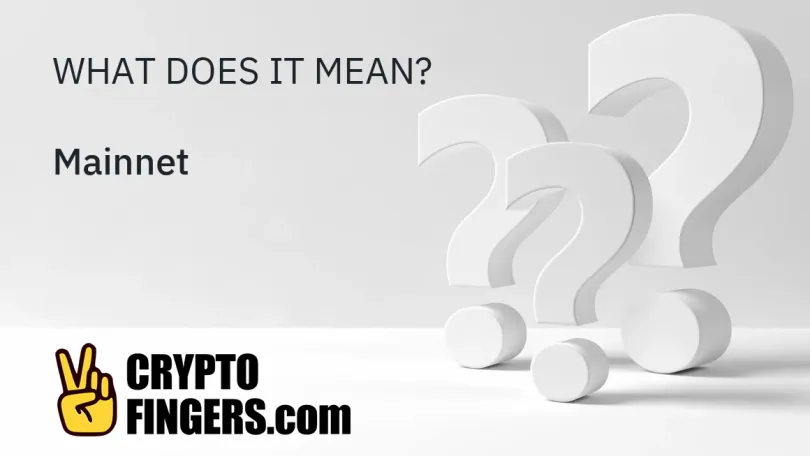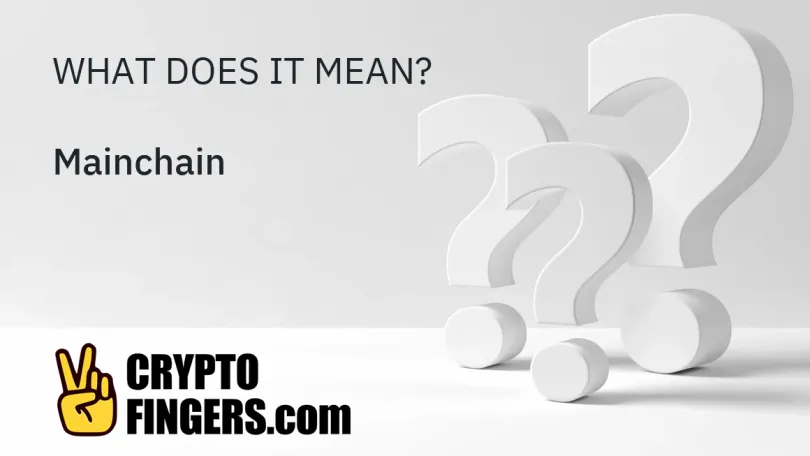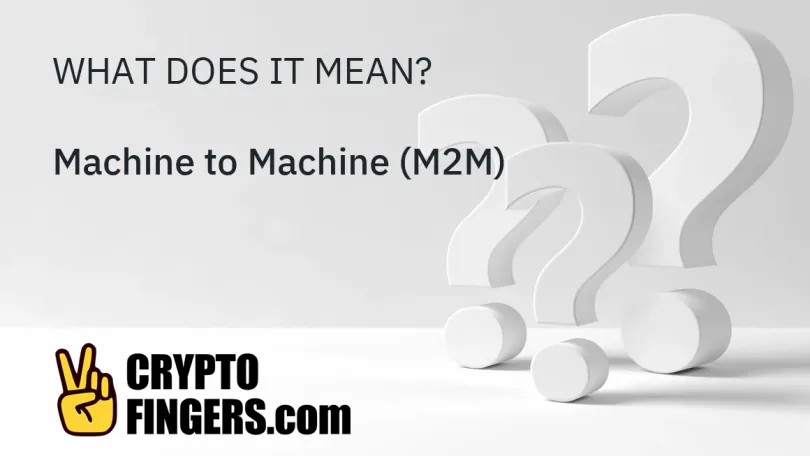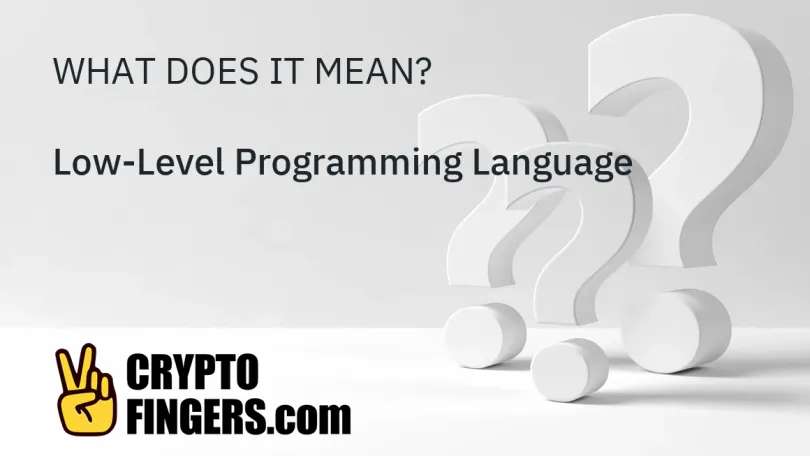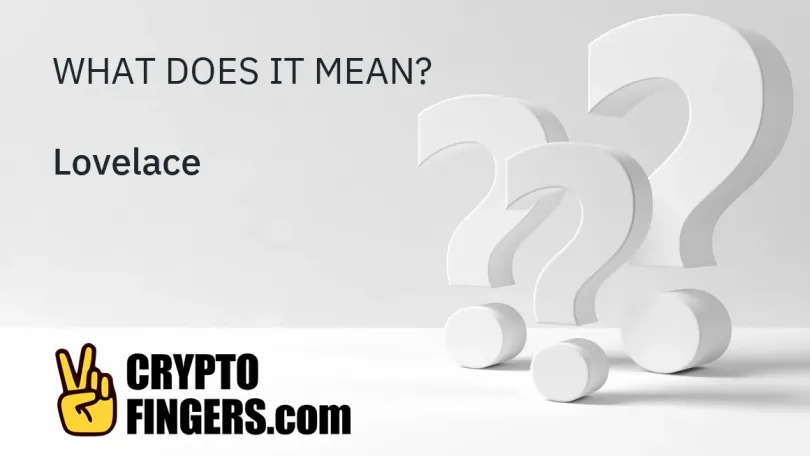⁝⁝⁝
Publications
Maker (MKR) is the governance token of MakerDAO, an Ethereum-based protocol that issues the Dai stablecoin and facilitates collateral-backed loans without an intermediary..
A mainnet (also referred to as a mainchain) is a fully developed and released version of a blockchain network. This stands in contrast with a testnet, which is generally used to perform..
A mainchain is a term used to describe the main, Layer-1 network of a blockchain network protocol such as Bitcoin or Ethereum. The name 'mainchain' generally means it is the most powerful..
The term machine to machine (M2M) refers to communication between devices that occurs without human input. In the blockchain industry, this frequently relates to automated payments..
A machine learning (ML) prediction is the result of a machine learning algorithm analyzing a historical data set. The ML prediction can then subsequently be applied to new data sets, where..
Machine learning (ML) is a subset of artificial intelligence (AI) and is the study of algorithms which optimize through experience without being programmed to do so..
A lump sum is an amount of capital that pays an outstanding fee in one installment.
Low-level programming languages are programming languages that have very little abstraction of programming concepts, which means they tend to be more complex and less efficient than..
The low, or lowest price, is one of four main data points used for day trading on the stock market. The other three are called opening price, high, and close — and all four are collectively..
The smallest denomination of cardano (ADA), divisible to 6 decimal places (1 lovelace = 0.000001 ADA).
⁝⁝⁝
Trending news
- Artificial Intelligence (AI)
- Altcoins
- Bitcoin
- DeFi
- Ethereum
- Economy
- Market and Events
- Metaverse
- Mining
- NFT
- Regulation
- Web3
- show less















